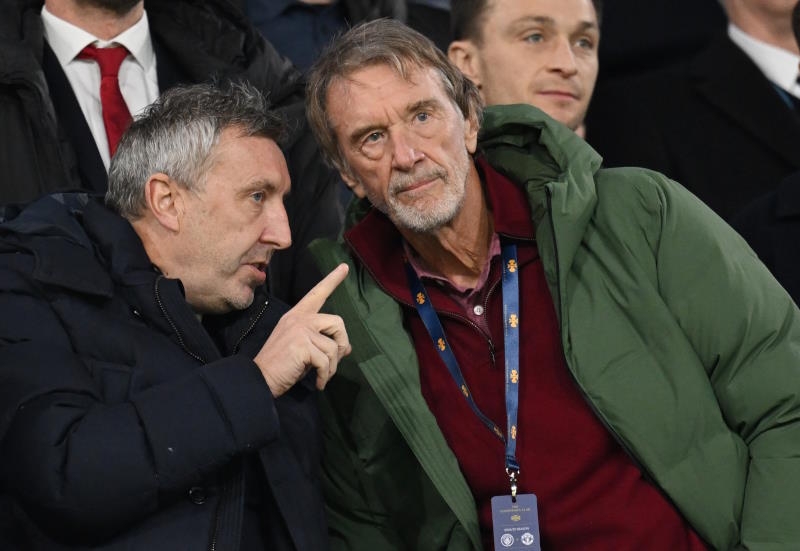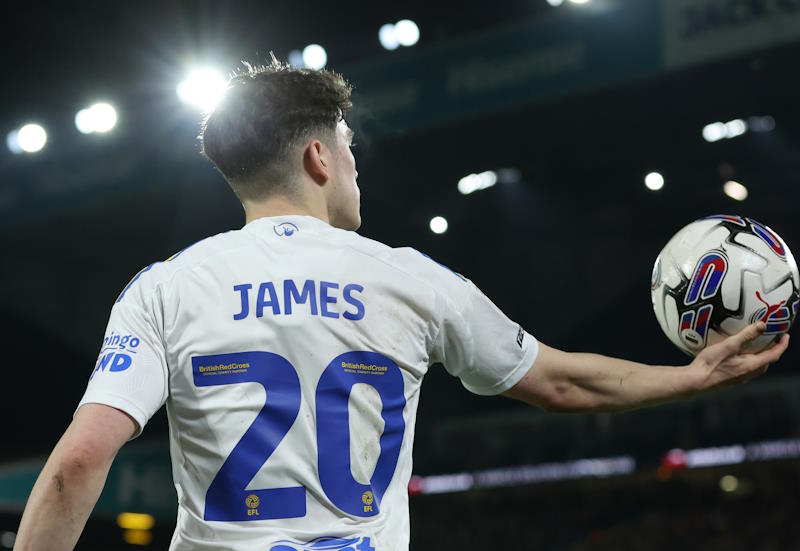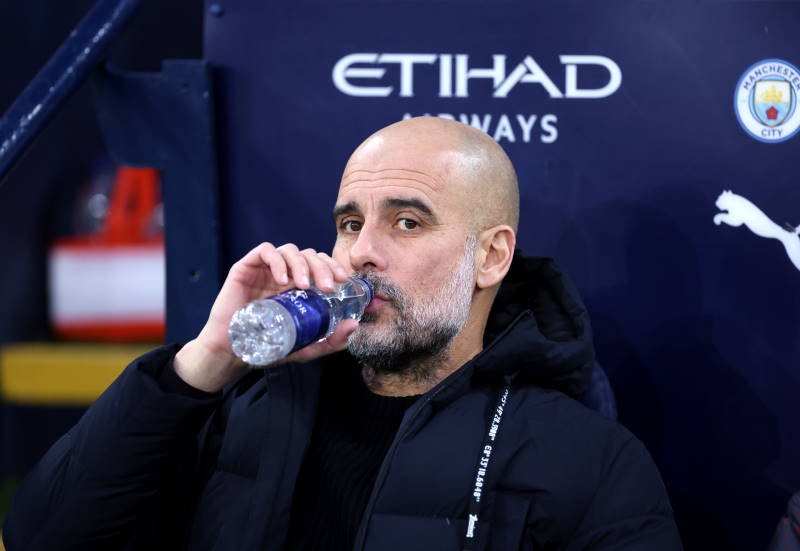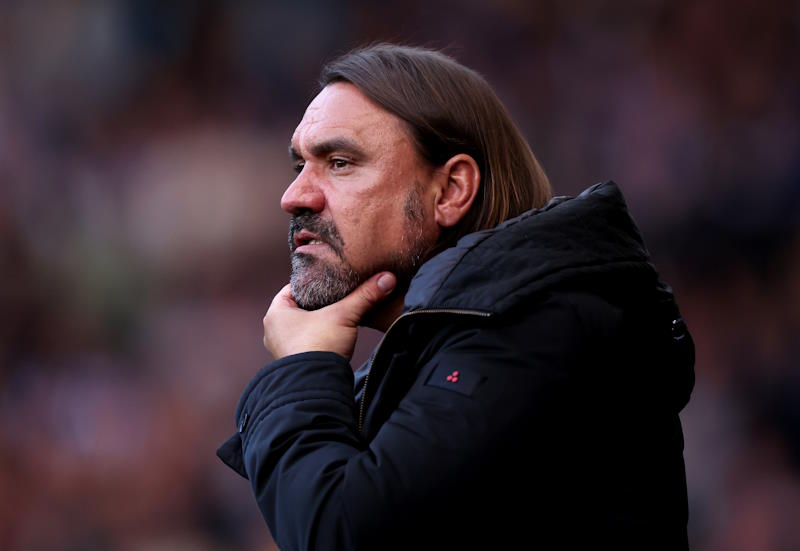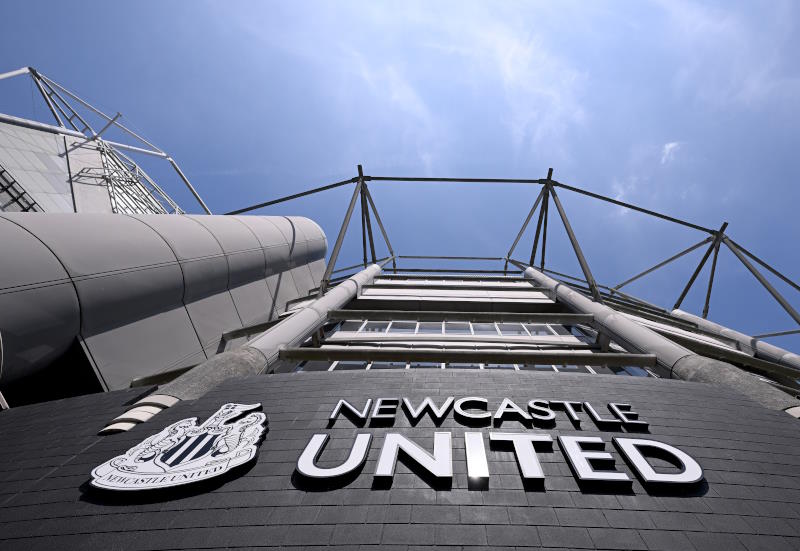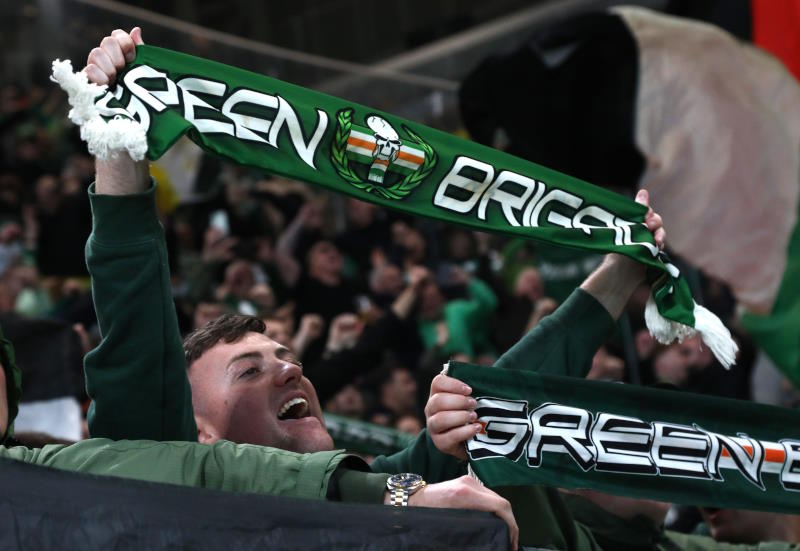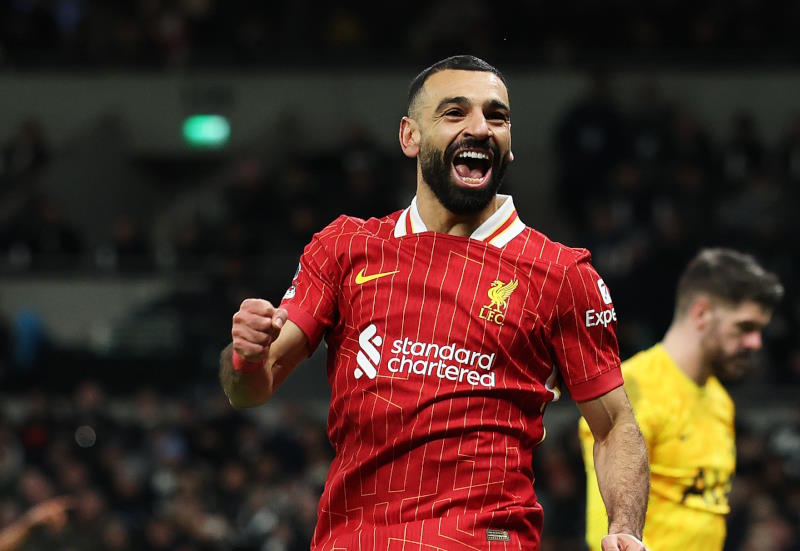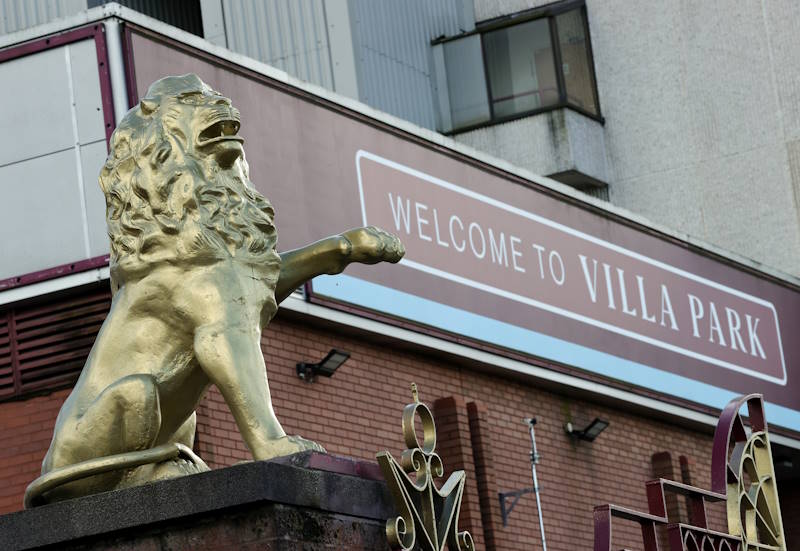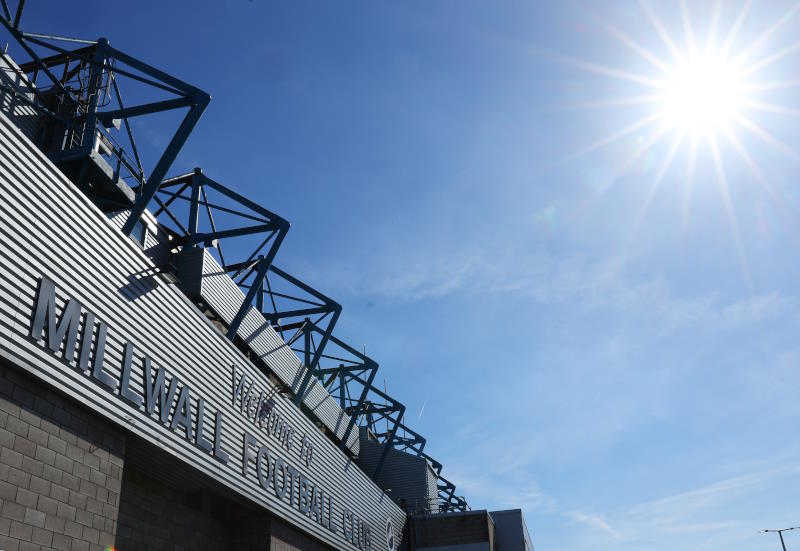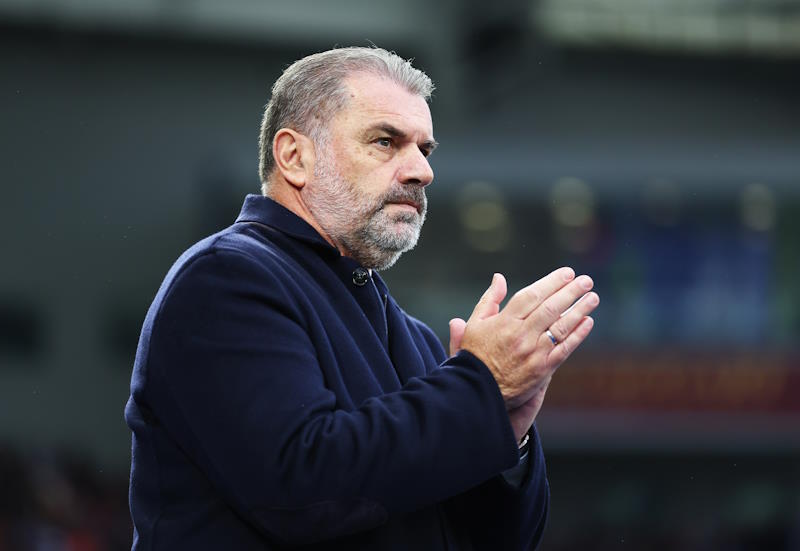
Earlier this month the 51st edition of the Copa Libertadores came to an end as Brazilian side Internacional defeated Mexicans Chivas Guadalajara in the final 5-3 on aggregate. For Internacional it was their second Libertadores triumph – both have come in the last decade – and the first time since 1999 that a Brazilian side had won the title against a non-Brazilian club. While for Chivas it was only the second time a Mexican club had reached the final of the competition, the first being Cruz Azul in 2001. And the presence of a Mexican team in the final of South America’s elite club competition was not without consequence.
Mexico does not lie within the remit of South America’s governing body COMNEBOL, instead playing under CONCACAF. COMNEBOL choose to invite three Mexican teams to compete in the Copa Libertadores (for commercial reasons) – and not necessarily the most deserving. Competing in a competition run by another continental association means that a Mexican side cannot, should one win the Libertadores, progress to the Club World Cup. Their route to that FIFA tournament is entirely through the CONCACAF Champions League. This meant, once Chivas had seen off Universidad de Chile in the semi-final, Sao Paulo and Internacional knew that whichever of them progressed from their meeting would be heading to Abu Dhabi in December as South America’s representatives.
Recent Mexican participation has not all been plain sailing however. In 2009, as a result of the swine flu epidemic, both Sao Paulo and Uruguayan side Nacional refused to play in Mexico. COMNEBOL, not wanting to lose Mexican involvement, suggested that both Chivas Guadalajara and San Luis should host their matches in Bogota, Colombia. Bogota though protested, saying that to host the Mexican duo would be to put their own population at risk of contamination. Following this, COMNEBOL proposed but a single leg between the teams, to be played in Sao Paulo and Montevideo respectively; in the event of a draw penalties would decide the outcome. This time though, it was the Mexicans who refused and an announcement from the Mexican FA confirmed the country’s clubs would be withdrawing from the tournament. Later, COMNEBOL decided both Chivas Guadalajara and San Luis would begin the 2010 Copa Libertadores from the Round of 16, giving the Mexicans five teams in this year’s competition; this no doubt helped Chivas to reach the final.
During this year’s group phase it appeared that 2010’s Copa Libertadores could well be Corinthians to lose. The Brazilian side, in their centenary year, hoped they could win their first ever Libertadores, and at times, early on they looked unstoppable. With Ronaldo leading the way, Corinthians finished the group stage with five wins and one draw, advancing to the Round of 16 where they found themselves paired with countrymen Flamengo. Ronaldo and co. could be forgiven for believing that Flamengo would not represent the most difficult of challenges, as the Rio club booked their spot in the last 16 as the worst performing of those to make it. However, football is full of surprises, and Flamengo ended Corinthians’ dreams of a centenary Copa Libertadores victory.
Flamengo met Chilean side Universidad de Chile at the quarter-final stage, but the Chileans prevailed. The team from Santiago knew that to progress from the last four they would have to see a dramatic change in their Libertadores luck: The Chileans had reached the semi-finals in 1970 and 1996, but lost out both times. Unfortunately, for Universidad de Chile, it was not to be third time lucky, as Chivas put them to the sword. However, there was much to admire about their performances throughout the tournament and Argentine attacking midfielder Walter Montillo was exceptional, scoring an especially superb goal against Flamengo. In fact, Montillo performed so well that he soon piqued the interest of Brazilian giants Cruzeiro and, sure enough, following La U’s exit, the 26-year-old was on his way to Belo Horizonte.
There were, inevitably, some lows in the Libertadores too, to balance out some fine attacking play. The lowest of these lows was apparent before the competition even kicked off in the absence of Argentine powerhouses Boca Juniors and River Plate. Brazil’s great rivals were represented in the last 16 by Velez Sarsfield, Banfield and Estudiantes. Both Velez and Banfield lost out immediately, with Estudiantes advancing to the last eight before Inter ended their Libertadores dreams. A Copa Libertadores without Boca and River was classed as a real disappointment, with many comparing it to a Champions League without Real Madrid or AC Milan; at times it just felt as if something was missing.
Inter, the eventual champions, did not lose a single match in the group stage, and had the away goals rule to thank for their progression in the knockout phase, using it to their advantage to send out Banfield, Estudiantes and finally Sao Paulo. Youngster Guiliano had a big part to play in this, coming off the bench to score against Estudiantes in the second leg and Sao Paulo in the first leg; the 20-year-old midfielder also notched goals against Chivas in both legs of the final. Guiliano finished the tournament with six goals to his name – two behind top marksman Thiago Ribeiro (Cruzeiro) – and was chosen by the fans as the most impressive player of the campaign. The Brazil Under-20 star has a bright future ahead of him.
Internacional’s most important moment of the Libertadores didn’t happen on the pitch though. It was clear for all to see that during the World Cup break their morale rose after the board decided to release Uruguayan coach Jorge Fossati and appoint Celso Roth. The 52-year-old appeared a strange choice, historically linked as he was to Internacional’s rivals Gremio and also arriving with a reputation as a coach who has struggled to pick up silverware. However, Roth brought calm to the Colorado’s dressing room and took pressure off the players. When Inter returned to action after the World Cup break, Roth kept the team unbeaten at first, building throughout the side. Game after game it became clear that Inter’s new coach had shaken things up on the pitch and was keen to treat the Copa Libertadores as seriously as possible. And when the side reached the final Roth had instilled such confidence that they were convinced only a tragedy could send the trophy to Mexico. Fortunately for South American football, that didn’t happen, and both legs of the final were won.
This year’s Copa Libertadores also showed that COMNEBOL still have much to learn from UEFA though, specifically regarding the organisation of the tournament and access to the pitch. It’s not unusual to see reporters and photographers flood onto the playing area after the final whistle in games, and COMNEBOL must look at this. But for romantics, the Copa Libertadores is probably still the best continental competition to watch. Latin blood brings emotion to the game, turning it almost into a theatrical performance. When the great Pele stepped foot on the pitch at the end of the final, to award winners medals and the trophy itself, the Brazilian was hailed so loudly and fiercely by the fans, as if he were still a player. It is this passion which is overflowing from the cup of South American football, and for that, UEFA still have much to learn from COMNEBOL.
Photo courtesy: Robvini

